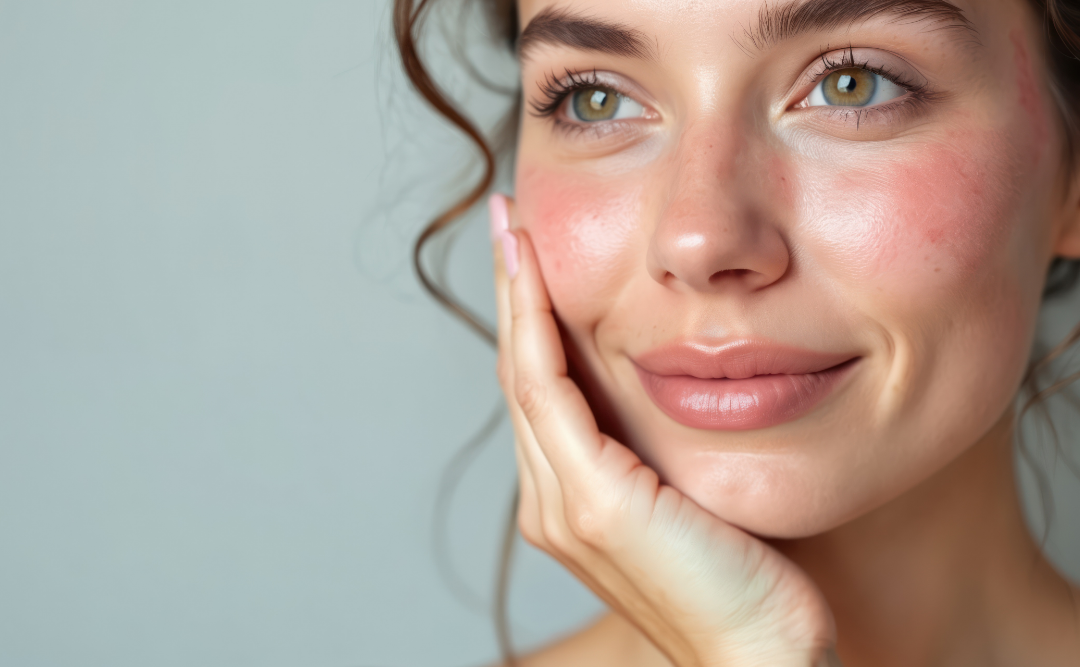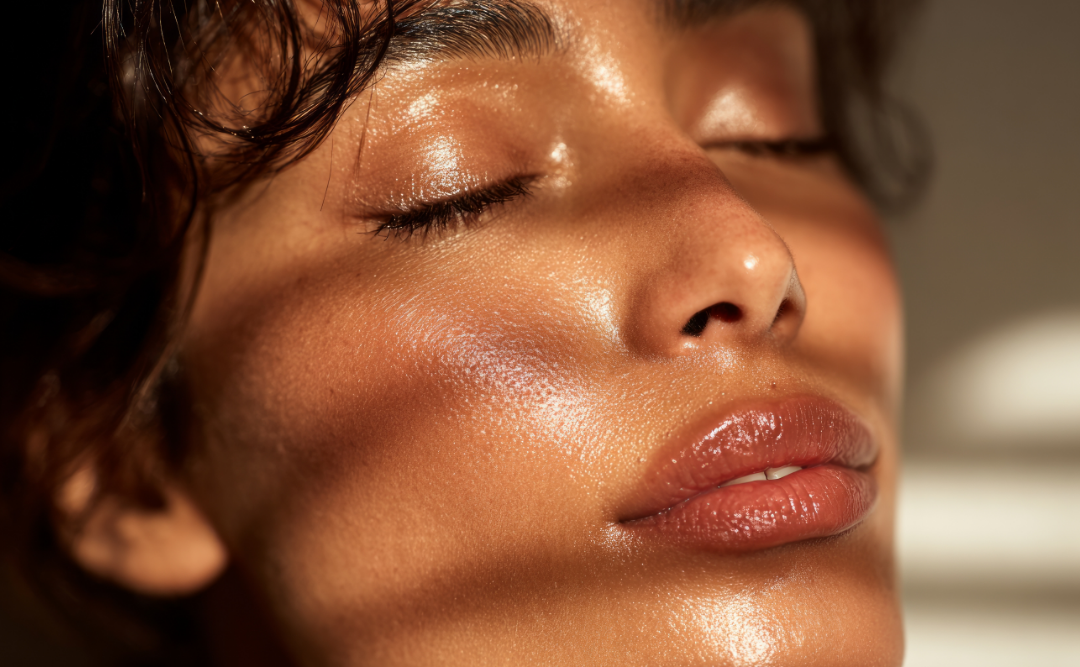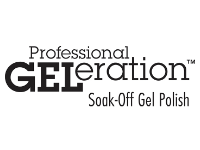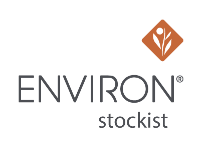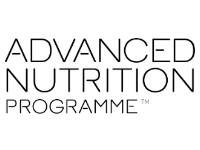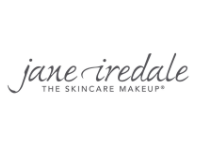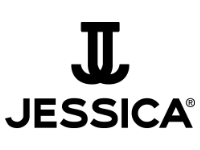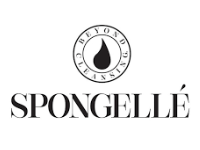However, retinoids can also be tricky to introduce. Many people experience what is known as a “retinoid reaction” which may include dryness, redness, peeling or sensitivity. The good news is that with the right approach, these side effects can be avoided. Here is what you need to know to make retinoids work for you.
Understanding retinol: what it does, how long it takes, and how to use it
So, what does retinol actually do? Retinoids work on multiple levels. They smooth uneven skin texture, soften fine lines, fade discolouration, brighten dullness and support overall skin health by stimulating collagen production and encouraging cell turnover. Few other ingredients deliver such a wide range of benefits.
How long does it take to see results? Retinol is not a quick fix. For most people, visible improvements start to appear within 8 to 12 weeks, with deeper changes building gradually as the skin adapts. Patience and consistency are key if you want to see lasting results.
And how should you use retinol correctly? The best approach is to start low and go slow. Begin with a lower concentration or gentler form, apply it just a few times per week, and build up gradually as your skin becomes more tolerant. Pairing retinol with a nourishing moisturiser also helps minimise dryness or flaking, making the adjustment period much more comfortable.
Why retinoid reactions happen
Retinoids are a form of Vitamin A. The concentration, type of retinoid and the way it is formulated can vary greatly between brands. Some products are so mild they make little difference, while others can be far too strong for beginners. If the skin has not yet developed enough retinoid receptors, a stronger formula may overwhelm it and cause irritation.
The key is to gradually build up your Vitamin A levels in your skincare routine before moving on to higher-strength retinoids. This process, often called “retinisation,” allows the skin to adapt at a comfortable pace. Beginning with lower concentrations or gentler Vitamin A derivatives helps the skin build tolerance, strengthen the barrier and prepare for more active forms like retinol or retinaldehyde. Skipping this step can lead to redness, dryness, peeling and sensitivity, while building up slowly maximises results and minimises reactions.
Most companies suggest using retinoids a couple of times a week when starting out. While this can be a cautious approach, it often means the results take longer to appear. If the formula is too harsh, irritation can still occur.
Not all retinols are the same
It is important to understand that not all retinols are created equal. Every company chooses its own form of Vitamin A, the strength of the ingredient and the way it is delivered into the skin. Some formulations combine retinol with hydrating or soothing ingredients to reduce the risk of irritation, while others use fillers or marketing claims that make the product sound more effective than it really is.
There is also a wide variation in concentration. Some serums are extremely weak and will not deliver the changes people hope for, while others are marketed as high strength but may cause irritation if the skin has not been prepared to tolerate them. Clever marketing often hides these differences, which is why choosing a brand with clinical testing and professional backing is so important.
When it comes to retinoids, results depend not only on the ingredient itself but also on how it is stabilised, how it is layered with other active ingredients and how gradually it allows the skin to adapt.
Why retinoids belong in every skincare routine
Retinoids are not just for people concerned about ageing. They are an essential micronutrient that supports the overall health of the skin. With the right formulation and introduction, retinoids can help reduce photo-ageing, improve skin sagging and laxity, minimise discolouration, smooth roughness and uneven texture, relieve dryness and dehydration, brighten dullness and biological fatigue, and strengthen overall skin health.
When used correctly, retinoids can become a lifelong foundation of your skincare routine.
Why Environ® Retinol is different
Not all retinol is created equal, and Environ has set itself apart with a proven, scientific approach. Environ’s Retinol Serums are clinically proven, dermatologically tested and tolerance tested to deliver visible results without irritation.
Their unique Tri-Retinoid Complex blends three powerful retinoids in intelligent step-up doses. This allows the skin to gradually build tolerance, strengthening retinoid receptors while still achieving noticeable improvements.
Each formulation is also enriched with specialised antioxidants to defend against free radical damage, skin barrier boosters to maintain hydration and resilience, and phyto-retinol boosters (in Retinol Serum Forte) for enhanced anti-ageing results.
More retinol to love
Environ’s Retinol Serum range is now available in a limited-edition 50ml size with an extra complimentary 20ml, making it exceptional value.
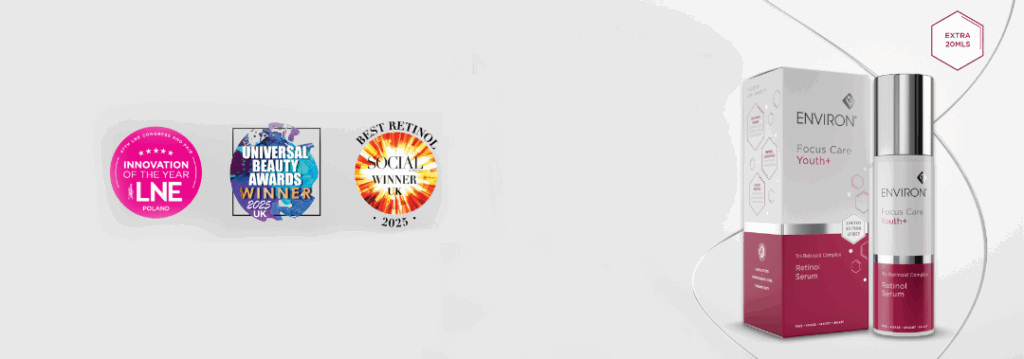
Retinol Serum is available at £53 with a product value of £88, while Retinol Serum Forte is £61 with a complimentary value of £102. Limited quantities are available while stocks last.
If you are not yet using a retinoid, your skincare routine may not be performing at its best. The key is to choose the right product and introduce it gradually to avoid irritation while still enjoying the benefits.
Environ® Retinol Serums are trusted worldwide for their professional formulations and proven results. Your skin deserves lasting health and youthfulness, and with Environ®, you can achieve it safely, effectively and with confidence. If you’re ready to discover whether retinoids are right for your skin, book a consultation with us. We’ll guide you through the best way to introduce Vitamin A safely, avoid irritation and build a routine that leaves your skin healthy and youthful. Love, Nicola x

